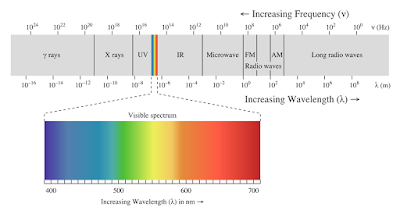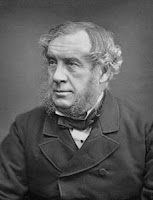The Chemistry of Beauty
In this part, we will see some example of the cosmetics product and the chemistry behind the products. Besides that, we will see how the chemistry can give the function of the different products. Woman at Her Toilette Henri Marie Raymond de Toulouse-Lautrec-Monfa (1889) A cosmetic can be defined as a substance that is applied directly to the human body for " cleansing, beautifying, promoting attractiveness, or altering the appearance ". Hence, this the example for cosmetic products: Shampoo, hair dyes, hand and body soaps, skin creams, lipsticks, mascara, nail varnish, perfumes, colognes, deodorants, mouthwashes, anti-perspirants, toothpastes, and other cosmetics and toiletries.





